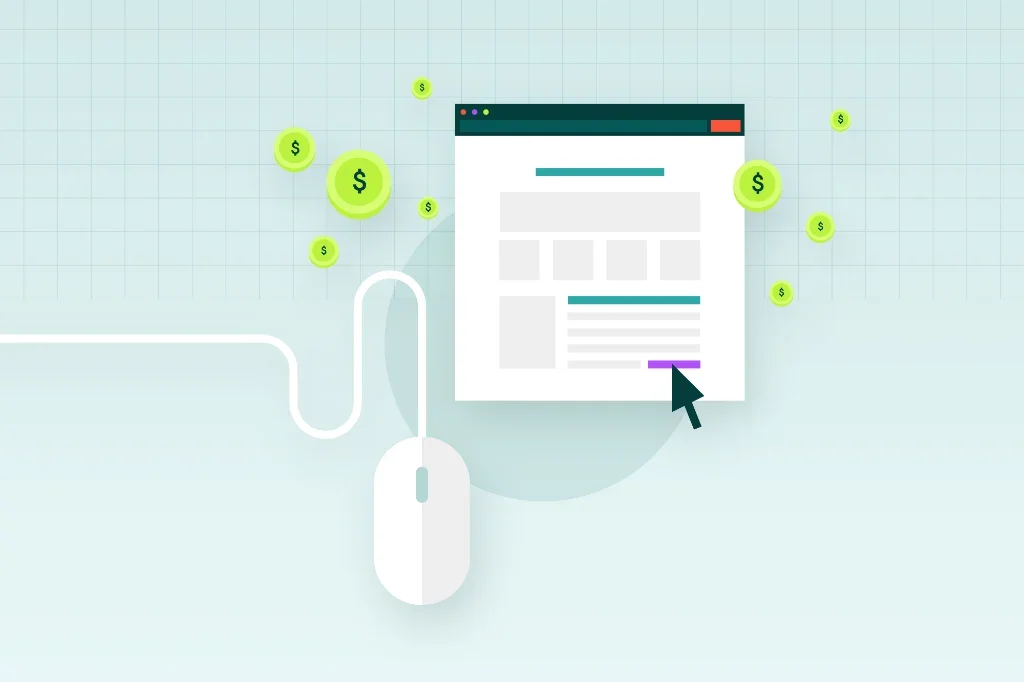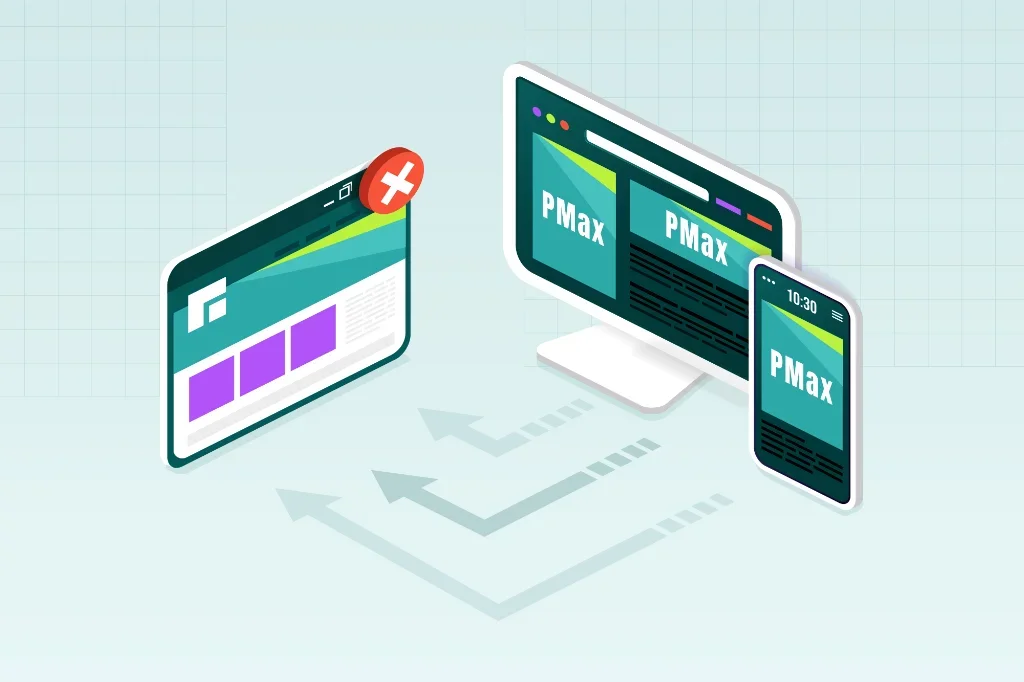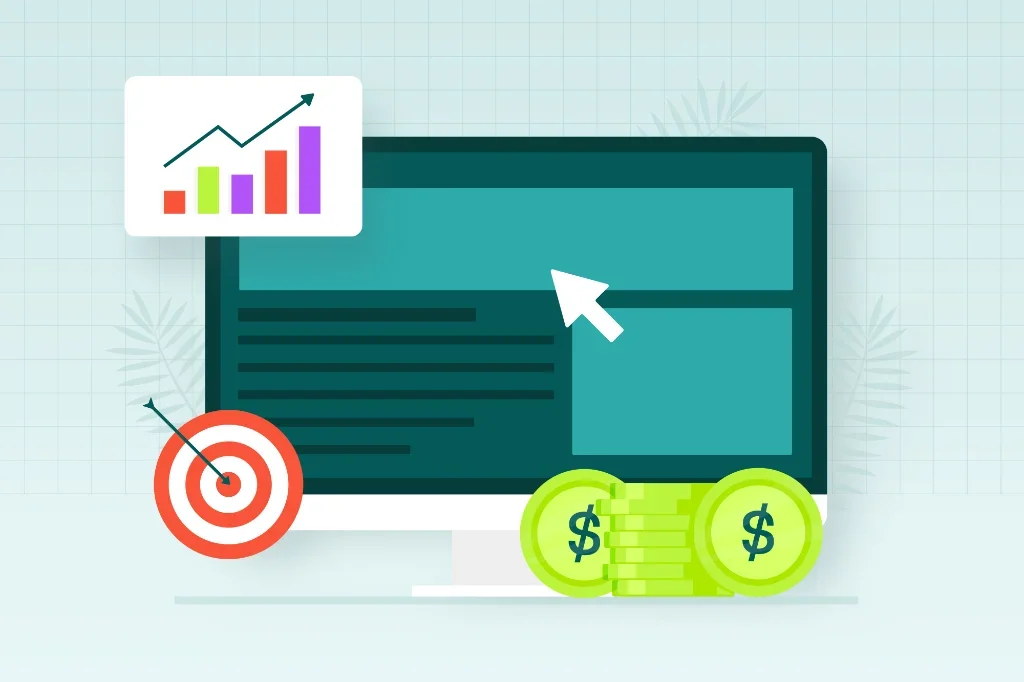Every marketing team has faced the same question: How do we prove the ROI of SEO? Unlike paid advertising, where you can directly track spend against clicks and conversions, SEO is a slower burn. It takes time, consistency, and patience to show results. Fortunately, your paid advertising data can help demonstrate SEO’s value.
By using insights from PPC campaigns, businesses can forecast the impact of SEO, validate keyword opportunities, and show how organic search contributes to revenue growth. In other words, paid advertising doesn’t compete with SEO—it helps prove its worth.
Let’s explore the benefits of PPC and SEO individually. Then, we will show you how to use paid advertising to prove the value of SEO.
Benefits of Paid Advertising (PPC)
Paid advertising—especially pay-per-click (PPC) campaigns—offers speed, precision, and control. It’s the fastest way to get your brand in front of the right audience at the right time.
Key advantages:
- Immediate Visibility: Ads appear at the top of search results instantly, giving your brand prime real estate from day one.
- Targeted Reach: Narrow in on demographics, locations, devices, and times of day to reach your ideal customer.
- Budget Control: Adjust spend in real time based on performance.
- Performance Data: Access granular insights into clicks, conversions, and ROI.
- A/B Testing Friendly: Quickly test messaging, creative, and landing pages.
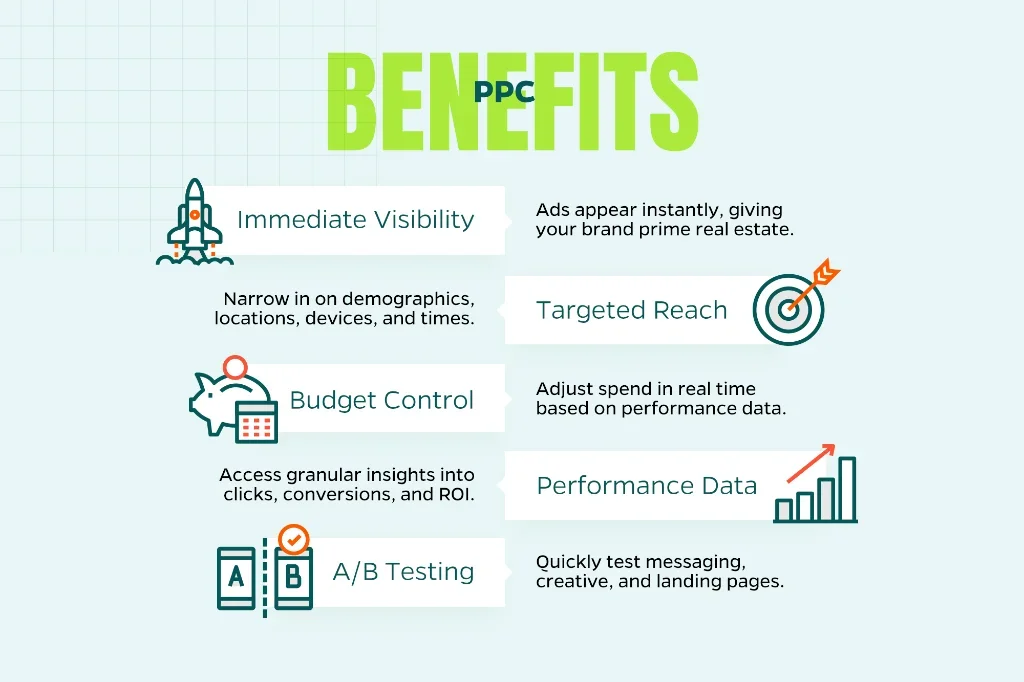
PPC is especially powerful for time-sensitive promotions, product launches, or when you need to drive traffic and conversions quickly.
Benefits of SEO
SEO is a long-term investment in organic visibility, credibility, and sustainable growth. Instead of renting space on the results page, SEO helps you earn it.
Key advantages:
- Cost Efficiency: Once established, organic traffic comes without ongoing ad spend.
- Trust & Credibility: Users tend to trust organic results more than ads.
- Evergreen Value: High-quality content can generate visibility for months or years.
- Broader Reach: Capture searchers at every stage of the funnel.
- Channel Support: SEO improvements enhance paid campaigns, social media, and email performance.
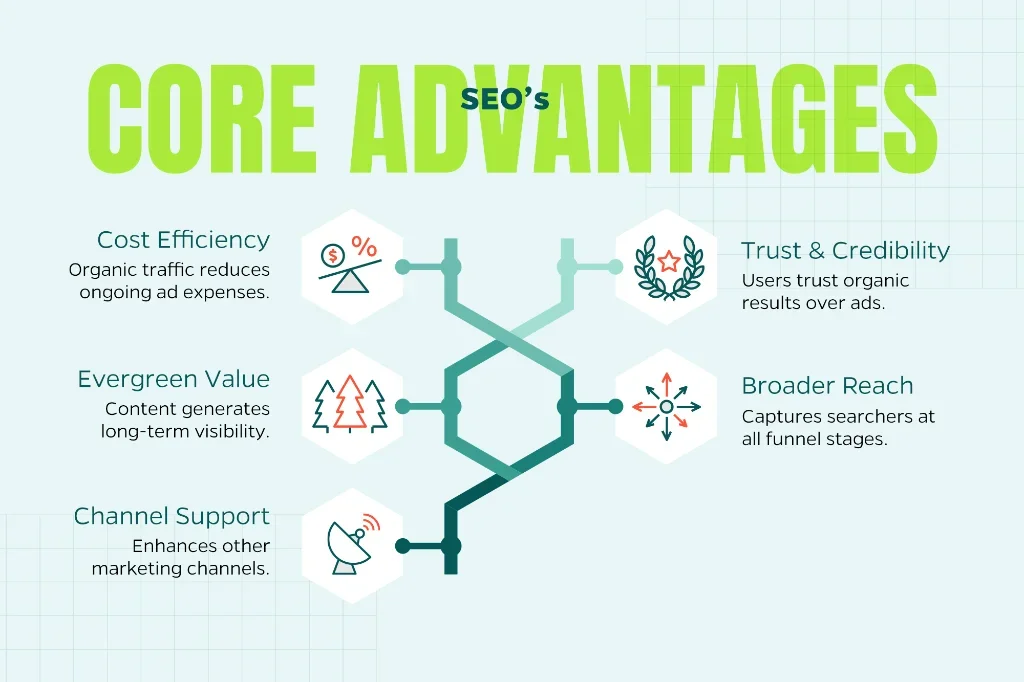
The compounding effect of SEO makes it a cornerstone of long-term digital success.
Better Together: Search Today is Visibility Over Clicks
Jack Johnson once sang, “It’s always better when we’re together.” It turns out he could’ve been talking about PPC and SEO. When they harmonize, your brand gets heard.
Today’s search landscape isn’t just about clicks. With AI summaries, featured snippets, and zero-click searches, visibility is the new currency. The brands that win are the ones that consistently show up—across both paid and organic.
Why both matter:
- Paid + SEO = More Impact: Together, they create more visibility, stronger brand trust, and higher click-through rates.
- Zero-Click Searches Are Rising: Impressions may matter more than clicks at the top of the funnel.
- Qualified Clicks Count More: Fewer clicks, but higher conversion intent.
- Presence Is the Goal: The search results page is a shelf. Your brand should fill as much space as possible.
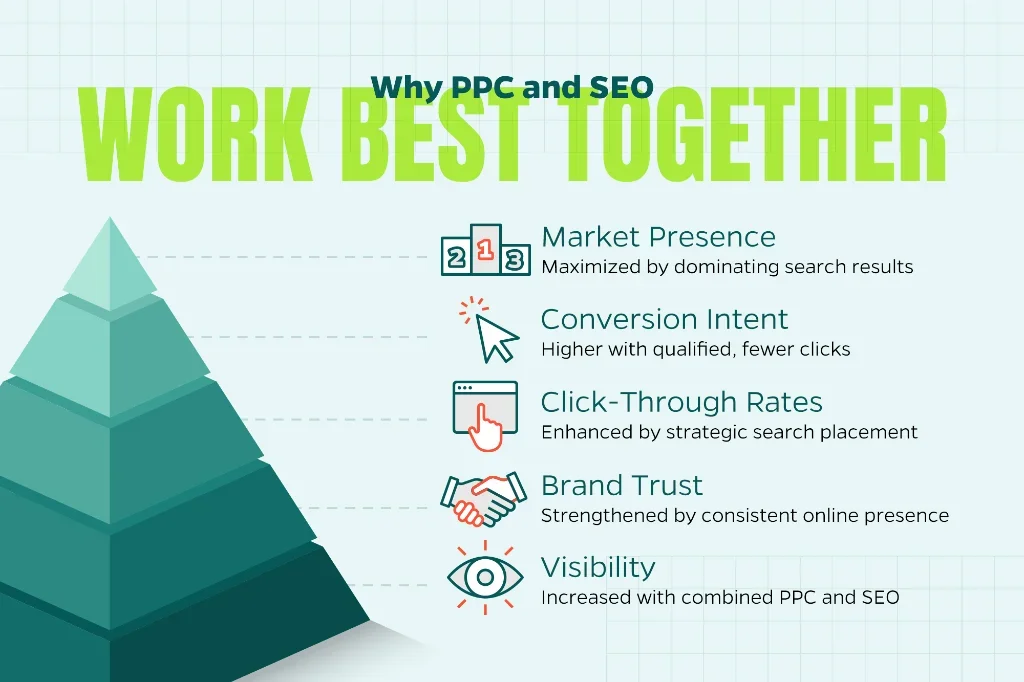
Proving the Value of SEO with Paid Advertising
While SEO is often viewed as a long-term investment, proving its ROI can be challenging in the early stages. That’s where paid advertising data becomes invaluable. By leveraging insights from PPC campaigns, marketers can validate SEO strategy, quantify performance, and demonstrate tangible business impact. Paid media doesn’t just complement organic efforts—it provides a measurable framework for showing how and why SEO delivers results. Here are five ways paid advertising helps make the case for SEO ROI:
- Shared Keyword Insights
- Use PPC campaigns to test which keywords drive clicks, conversions, or revenue. High performers point to strong SEO opportunities.
- If a keyword has a high cost-per-click (CPC), ranking organically can reduce spend while maintaining results.
- Conversion & Revenue Attribution
- Paid campaigns track conversion paths with precision. When SEO traffic shows similar or better performance, it validates SEO’s bottom-line impact.
- Market Demand Validation
- PPC delivers instant visibility, allowing you to test demand and user behavior before SEO rankings take hold. This ensures SEO investment is aimed where it matters.
- Incremental Lift & Brand Authority
- When your ad and organic listing both appear on the same SERP, click-through rates often rise. This overlap proves each approach amplifies the other.
- Cost Efficiency Over Time
- Paid stops when spend stops. SEO keeps working once rankings are secured. By comparing paid CPCs to organic performance, you can calculate when SEO begins “paying for itself.”
Most Valuable Paid Advertising Data for Demonstrating SEO Impact
Below are the most useful paid metrics for demonstrating SEO’s effectiveness.
- Keyword Search Volume: This metric originates from paid advertising platforms, particularly Google Ads. It helps identify which keywords are actively being searched and allows you to prioritize SEO efforts based on real demand.
- Cost Per Click (CPC): CPC data reveals how much advertisers are willing to pay for a keyword. This helps assess both the commercial value and competitiveness of a term, reinforcing the strategic importance of targeting it organically.
- Keyword Conversion Data: While SEO doesn’t provide direct keyword-level conversion tracking, paid campaigns do. This allows you to gain insights into which keywords and messages drive actual conversions. This data can inform your content strategy and help you focus on high-performing topics.
- Search Term Reports: These reports show the exact terms users typed before converting in paid campaigns. You can use this information to align SEO keyword targets with proven search behavior, uncovering organic opportunities with strong conversion potential.
- Return on Ad Spend (ROAS) Helps quantify the financial impact of SEO by illustrating the potential savings or gains compared to paid campaigns targeting the same keywords.
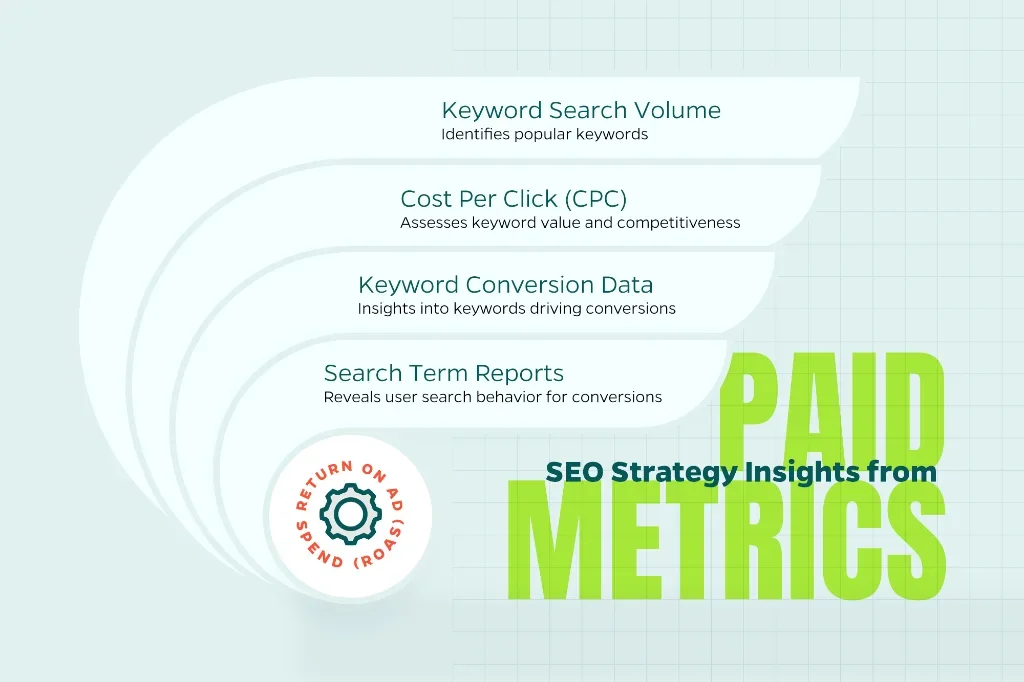
Takeaways
SEO may not deliver results overnight, but paid advertising can help bridge the gap by proving its value. PPC data uncovers which keywords matter, validates demand, and quantifies conversions. SEO then turns those insights into lasting visibility and cost efficiency.
Don’t treat paid and SEO as rivals. When used together, they don’t just prove ROI—they multiply it.
Do you need help running your paid advertising and SEO programs? Contact Straight North. We can help you optimize your strategy to achieve maximum ROI.







